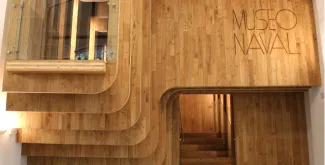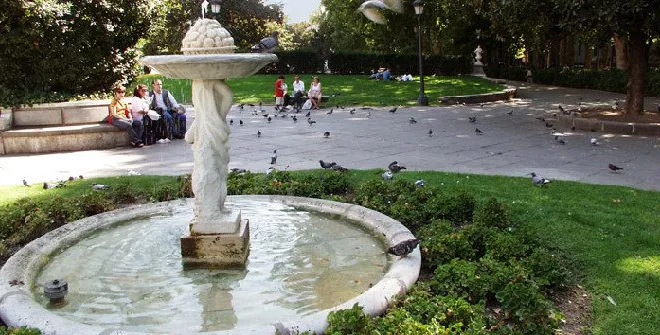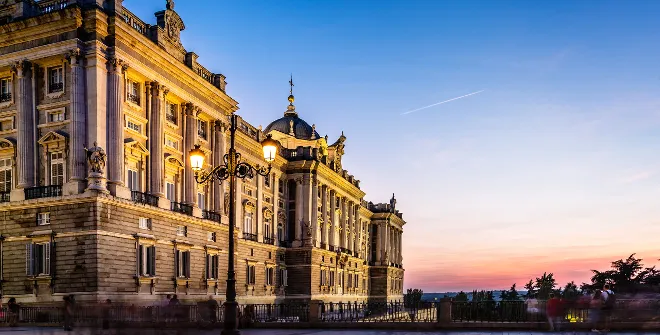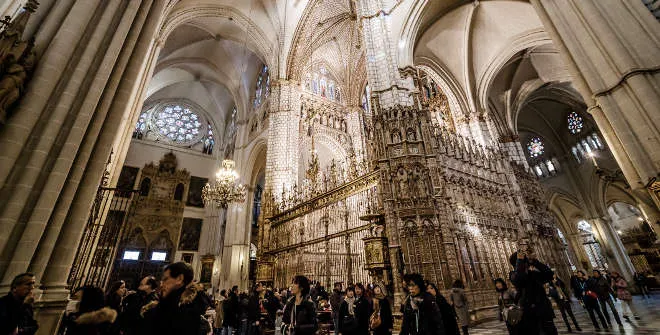Paseo del Prado
Information
This gorgeous historical boulevard lined with hundred-year-old trees connects Glorieta de Carlos V and Plaza de Cibeles. The wide and central avenue is home to some of the city's most renwoned museums and cultural spaces, including the Prado Museum, the Thyssen-Bornemisza Museum, CaixaForum Madrid and the Royal Botanical Garden... On the 25th of July, 2021, it was named a World Heritage Site along with El Retiro Park.
Paseo del Prado was the first of Europe’s tree-lined urban promenades. Dating back to the 16th century, it was conceived by King Philip II as a space where all citizens, regardless of their social class, could enjoy nature inside the boundaries of the city.
In the late 18th century, King Charles III opened Buen Retiro gardens to the public on several occasions, including them in the overall remodelling of the city. His new vision for this urban space included an innovative factor that was unprecedented at the time: the creation of a set of scientific institutions. This major scientific dissemination and education project aimed at all citizens also served to beautify the city. In addition, Charles commissioned some of the fountains which we can still find there today such as Cibeles, Neptune and Apollo, all of which were designed by Ventura Rodríguez.
A UNESCO World Heritage Site
On 25 July 2021, El Retiro Park was declared a UNESCO World Heritage Site, together with Paseo del Prado. The selection of this urban development project in Madrid, called the Landscape of Light, recognises the importance of the union of nature, culture and science in an urban setting. It was a union which, back in the 16th century, made Madrid Europe's first sustainable capital city.
All of this gives the Landscape of Light exceptional universal value that has been recognised by UNESCO and distinguishes it as a unique model of singular town planning that was ahead of its time and gained prominence beyond Spain’s borders, the reflection of a utopian vision of a new society. It’s a rich, diverse, evolving and dynamic urban cultural landscape that was carefully designed for recreation and the education of citizens in contact with nature.
Services
Docking stations:
- Cuesta de Moyano
- Calle Almadén, 28
- Calle Espalter, 1
- Plaza de Cibeles
IN THE AREA
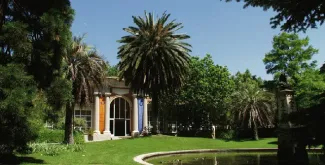
Royal Botanic Gardens
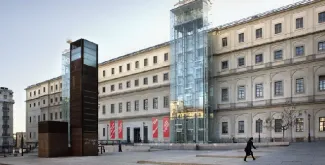
Reina Sofia Museum
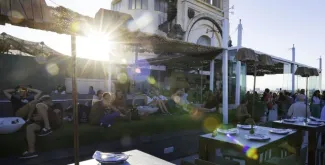
Círculo de Bellas Artes
